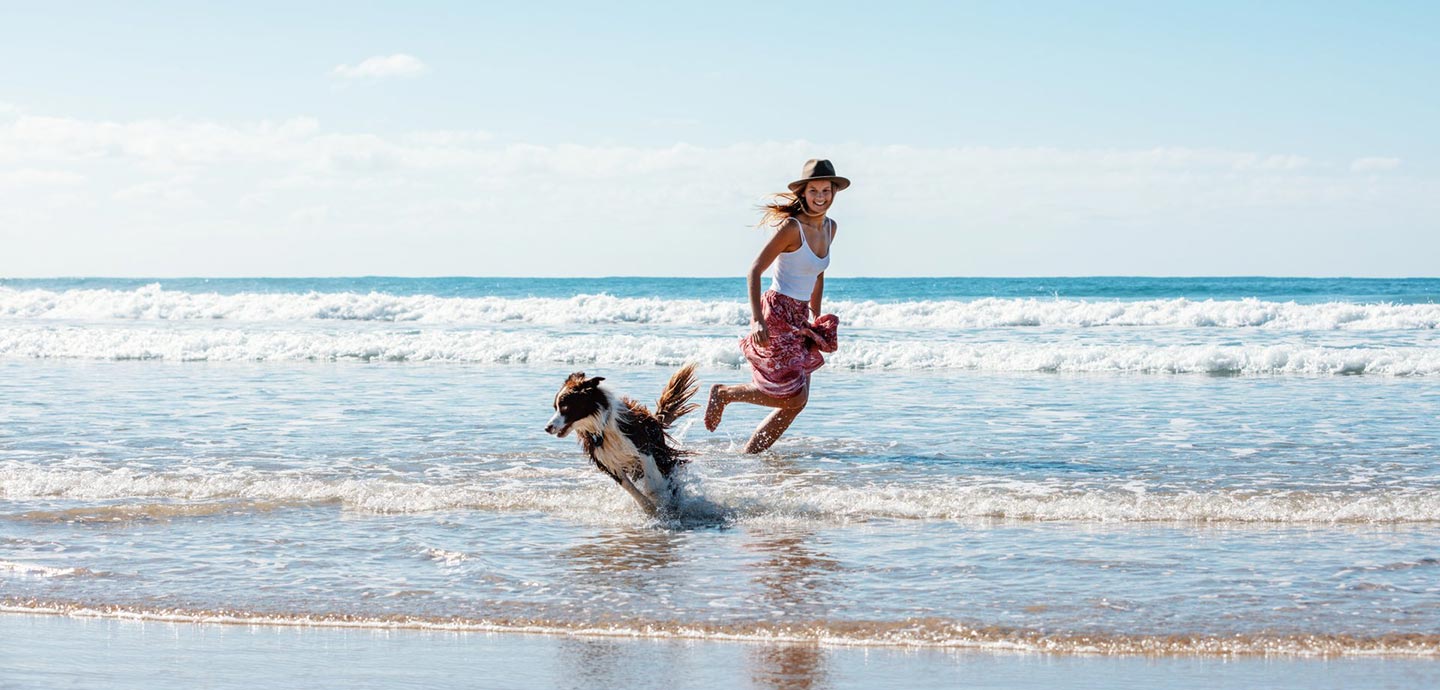

- Explore
- Eat & Drink
- Stay
- Attractions
- Tours
- What’s On
- Deals
- FAQs About The Region
- Plan Your Trip
- Destination Times


Tower Hill is a wonder to experience on the Great Ocean Road
While there are no active volcanoes in Australia, the Great Ocean Road region is fortunate to have the geological wonderland of the Tower Hill volcano on its doorstep. Luckily for visitors, however, this now-dormant volcano has not erupted for over 30,000+ years.
Tower Hill Wildlife Reserve is a must-see stop on your Great Ocean Road journey to experience a stunning landscape shaped by ash and discover the plentiful native wildlife, extensive wetlands and seasonal wildflowers.

The Tower Hill Wildlife Reserve is renowned for its stunning natural attractions, in particular Tower Hill itself, a nested maar volcano of geological significance rising from the flat surrounding plains. Spectacular views of the cone-shaped hills protruding from the crater’s lake can be seen from several vantage points around the 11 km-long rim. Road access leads inside the crater, where there are several kilometres of hiking trails.
The crater walls made from layers of ash form part of this remarkable landscape, and a wetland (great for spotting native birds) is part of the crater floor. Koalas can sometimes be sighted in the car park area, along with emus, kangaroos and wallabies. A revegetation program has restored the bushland after much of it was cleared by early settlers.
The Gunditjmara People have lived in the area for thousands of years, and the region’s Indigenous heritage is detailed in the Tower Hill Visitor Centre, managed by Worn Gundidj Aboriginal Cooperative. The centre is open from 10am to 4pm every day (except for Christmas Day), with more displays explaining the area’s geology, fauna, flora and culture, along with Indigenous arts and crafts.
Tower Hill is off the Princess Highway between Warrnambool and Port Fairy, around 275 kms west of Melbourne. In the heart of the spectacular Great Ocean Road region, it’s around an hour’s drive north-west of the 12 Apostles and about halfway between Port Fairy and Warrnambool, both just a few minutes’ drive away.
At the car park, there are plenty of signs to direct you towards the hikes of different lengths, gorgeous lookout points and other attractions.
Formed around 30,000 years ago in a violent volcanic eruption, Tower Hill has developed in stages. The outer rim was created by the initial eruption, and the smaller hills–scoria cones and spheres–were shaped during subsequent bursts.
The area has been inhabited by local Indigenous people of the Gunditjmara Nation for many thousands of years. When the first white settlers arrived, the area was cleared for cultivation, logging, and mining.
Reforestation began in the 1960s when the significance of Tower Hill was finally recognised. Botanists, conservationists and scientists started the land restoration based on a detailed painting from the 1800s by artist Eugene Von Guerard showing the original vegetation around the crater area. A copy of the painting can be seen at one of the viewpoints easily accessible from the road, Von Mueller’s Lookout.
Today, the unique landscape of Tower Hill is still evolving as weather, wind and water continue to erode the crater walls, and the bushland returns.

Tower Hill’s Indigenous history dates back 65,000 years, with evidence that several groups of the Indigenous Gunditjmara nation witnessed its most recent eruptions. They established permanent villages and settlements near the creeks and lakes and it is thought the community had a population of thousands.
Gain an understanding of traditional Aboriginal culture first-hand, while learning more about the Indigenous people who still live in the area on a guided walk. During the two-hour interactive tour, the Worn Gundidj guides also identify native plants used for food and medicine, and will even teach you how to throw a boomerang!

Many Australian animals such as koalas, kangaroos, emus, possums, echidnas and turtles live in the reserve, along with birds such as ducks, swans, spoonbills and blue wrens. You might even be lucky enough to spot a wedge-tailed eagle flying overhead! Please remember this is not a zoo–don’t feed wild animals as the additives in food intended for people can cause serious health problems for wildlife.
Several walking trails, including a boardwalk, are available throughout the reserve, passing by ponds, wetlands, old lava flows, around the crater and up to a lookout. Take a break at one of several picnic areas and enjoy the silence while watching the animals in their natural habitat.
Join a guided tour to learn more about the crater and its history. Check with the Visitor Centre for tour times, and book before you arrive to avoid disappointment.
The magnificent scenery of the volcano, crater and lake is great for photos, to enjoy a sunrise or sunset, or just chill out with a picnic.


This Great Ocean Road region has many other incredible places to explore, including the nearby towns of Koroit, Port Fairy and Warrnambool. For a start, enjoy the unique tastes of native botanicals at the Noodledoof Brewing Company, or the award winning wines at nearby Basalt Wines. In Koroit, take the heritage walk or visit the Bakehouse. Walk around Griffith Island in Port Fairy, or go whale-watching from June to September at Logan’s Beach in Warrnambool.
Visiting Tower Hill is like taking a journey back in time. It is free to access and open all day every day. Set aside at least a full day to explore the reserve, and enjoy a walk through stretches of forest or across the wetlands to fully experience the magic of Tower Hill. Listen to the birds, watch the animals and take in the beauty around you like indigenous people have done for thousands of years before us.
Make sure you add Tower Hill to your Great Ocean Road itinerary, take a day trip, or make it your next weekend destination. The Tower Hill Visitor Centre is a great place to start when planning your adventure, with a variety of location maps and need-to-know guides making sure you are well informed before your arrival.




Sign up to get the latest deals, tours & events along the Great Ocean Road
Great Ocean Road Regional Tourism acknowledges the Traditional Custodians of the Great Ocean Road region the Wadawurrung, Eastern Maar & Gunditjmara. We pay our respects to their Elders, past, present and emerging. We recognise and respect their unique cultural heritage and the connection to their traditional lands. We commit to building genuine and lasting partnerships that recognise, embrace and support the spirit of reconciliation, working towards self-determination, equity of outcomes and an equal voice for Australia’s first people.